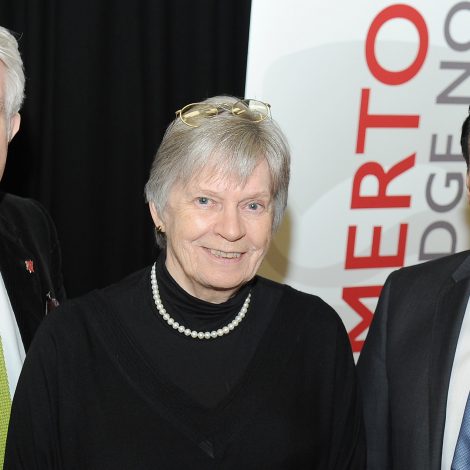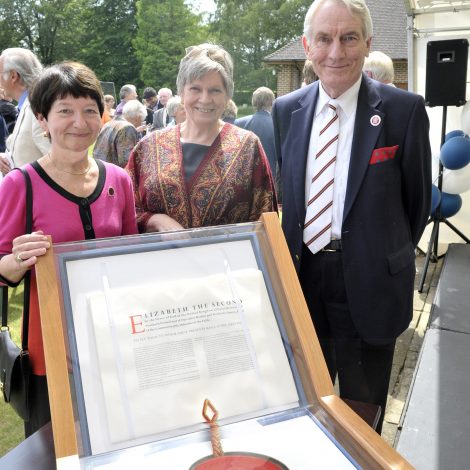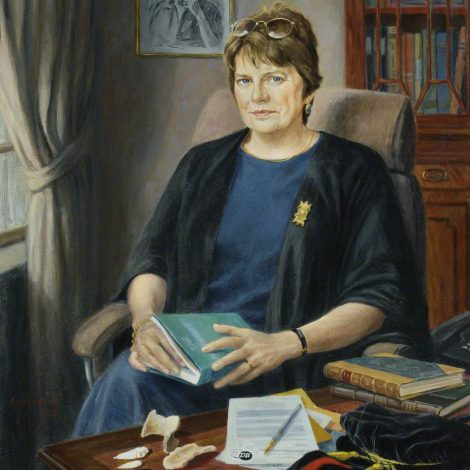Dr Kate Pretty CBE
Philip Stephenson (Fellow from 1996 in Education) worked closely with Kate Pretty during her time as Principal (1991-2013), and here remembers her leadership of Homerton College.
Dr Kate Pretty CBE was appointed Principal of Homerton College in 1991, and served for 22 years. From 2004-2010 she was also a Pro Vice Chancellor, and from 2010-2013 a Deputy Vice Chancellor, of the University of Cambridge. She is now an Honorary Fellow of the College, and her service is recognised by the annual Kate Pretty Lecture.
I first met Kate Pretty when I came for interview in the Autumn of 1995. She was already well established as the Head of House at Homerton, having been appointed in 1991 as the successor to Alan Bamford. It was clear that she had a remarkable vision for the future of the College and also the determination to engender the changes that were to occur over the next twenty years, despite being acutely aware of the scale of the task.
The kindness and care she always extended to me was enjoyed by the many students who passed through her hands. She had a remarkable knowledge of the individual personal needs of her charges and there are many who may well have fallen by the wayside in other circumstances.
Kate offered me the Deanship in 2002 but ensured that I fully understood the complexity of individual issues that underpinned what might have been on the surface of a simple disciplinary matter. Again, this reflected her desire to put student welfare at the heart of things.
Kate always took an active role in ensuring that the Homerton Union of Students, for which I was the Senior Treasurer, played a central part in the operation of the College; giving the student body an essential voice, not only on day-to-day matters, but in the wider process of change that was taking place throughout her time as Principal.
Because of my personal interest and enthusiasm for museum and gallery education, her role as Chair of the Joint Museums Committee and also Chair of the Syndics of the Fitzwilliam Museum brought us together in close collaboration. Kate always followed what I was up to with interest – encouraging me to develop and extend the College’s and, latterly, the Faculty of Education’s role in ensuring all our trainee teachers left their course at Cambridge with an enthusiasm for engaging with opportunities for learning outside the classroom and, in particular, the museums sector. As she wrote in the introduction to ‘Places of Wonder’:
‘Through the Cambridge museums and collections we are still exploring, researching and understanding the materials, innovative science and technology, new perceptions about people and objects, and how fresh voices can continue to become engaged in the centuries old process: the transference of wonder into knowledge – and knowledge into wonder’.
It was always a privilege and a pleasure to work and develop under Kate’s leadership and I shall always be grateful for the opportunities and encouragement that she gave me.




